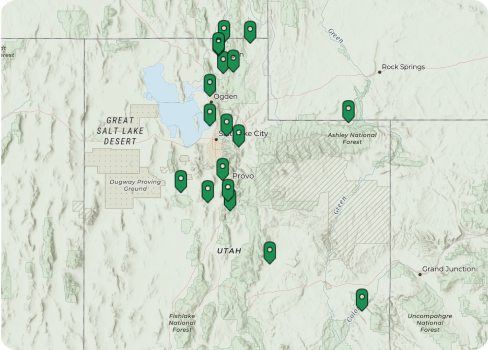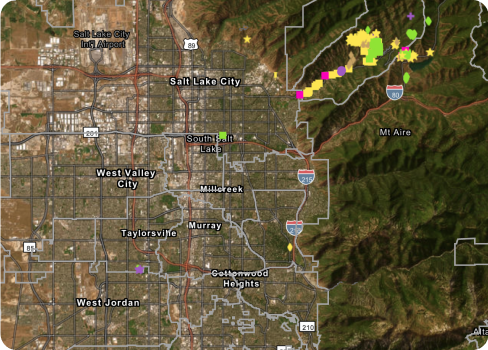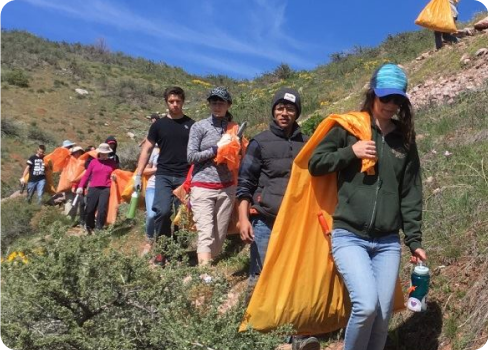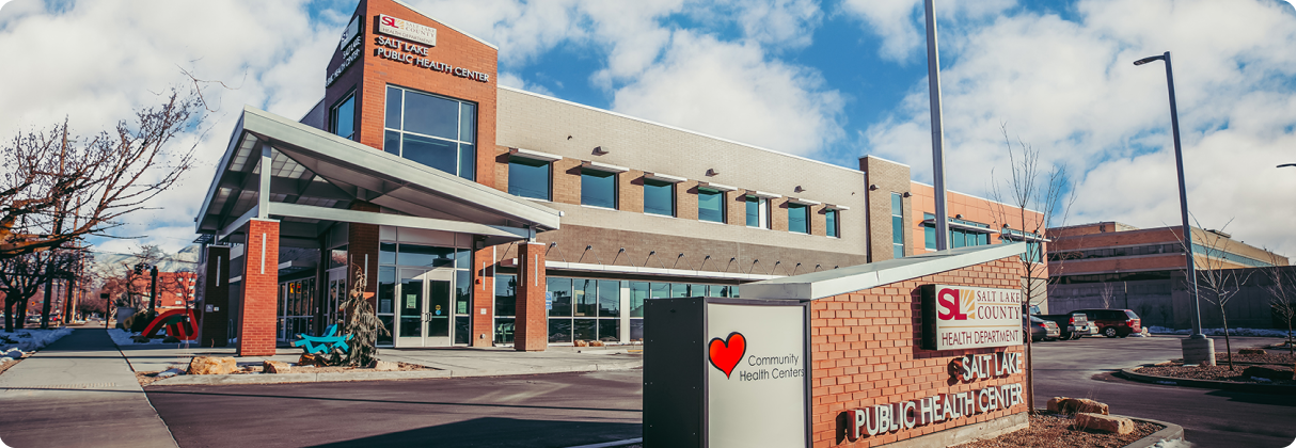Overview
The Salt Lake County Noxious Weed Program assists property owners in identification, prevention, and management of noxious weeds within the county.
The program works to achieve these goals through the following objectives:
- Identification and best management practices of the 54 noxious weeds listed in Salt Lake County
- Surveying, mapping, and monitoring of noxious and invasive weed populations throughout Salt Lake County
- Grant and project development in conjunction with local, state, and federal partners
- Education, outreach, and stewardship activities with local communities
- Technical assistance to private landowners on weed identification and control
- Coordination of the Noxious Weed Control Board
Contact Salt Lake County Health Department
Phone Number (385) 468-4100
Hours
Monday through Friday
8:00 AM to 5:00 PM



